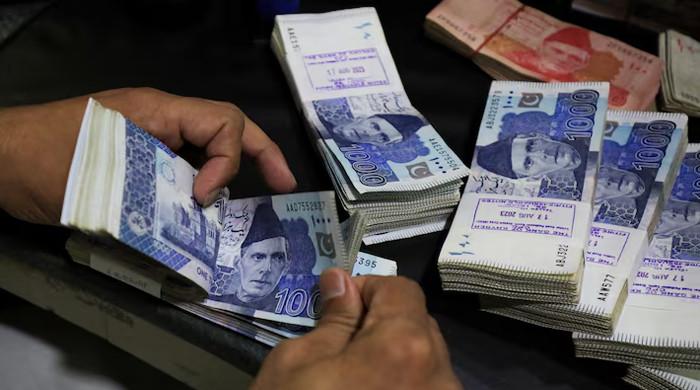Pakistan’s Debt Servicing to Consume 46.7% of Federal Budget 2025-26
For the approaching fiscal year 2025-26, Pakistan’s debt obligations are projected to absorb 46.7% of the federal budget. This equates to a substantial Rs8.2066 trillion out of a total budget of Rs17.573 trillion.
This designated amount constitutes the largest segment of the government’s ongoing expenditures, primarily allocated for interest payments and loan settlements.
The projected allocation reflects a reduction of 8.26% – specifically, Rs739 billion less – compared to the revised expenditure of Rs8.945 trillion in the current fiscal year. However, the substantial financial burden intensifies fiscal challenges, diminishing available resources for vital public services such as healthcare, education, and infrastructural development.
Domestic debt servicing alone is estimated to require Rs7.197 trillion, while Rs1.009 trillion is earmarked for repaying foreign loans. By the close of March 2024, Pakistan’s overall public debt had reached a notable Rs76.01 trillion (equivalent to US$269 billion), marking a more than fourfold increase over the past decade. This total comprises Rs51.52 trillion in domestic liabilities and Rs24.49 trillion in external debts.
The nation’s public debt now represents 66.27% of its Gross Domestic Product (GDP), thereby exceeding the permissible thresholds established under the Fiscal Responsibility and Debt Limitation Act (FRDLA).
The repercussions of this significant debt burden are already evident, as it has heavily impacted the national treasury. During the initial nine months of FY25, interest payments amounted to Rs6.44 trillion, accounting for 66% of the total debt servicing target for the entire year. Out of this amount, Rs5.78 trillion was directed towards domestic lenders, while Rs656 billion was allocated to foreign creditors.
Despite assurances from the Ministry of Finance regarding enhanced cash-flow management and the utilization of extended-term borrowing instruments, the debt predicament persists. Increasing repayment demands have stifled private sector investments, exerted downward pressure on the rupee’s value, fueled inflationary pressures, and intensified reliance on further borrowing, thereby perpetuating a detrimental fiscal cycle.
Gross external inflows during the period from July to March in FY25 totaled $5.07 billion. A significant portion of these inflows originated from multilateral institutions ($2.8 billion), commercial entities ($2.01 billion), and bilateral partners ($258 million). However, the nation was unable to access capital markets, as no global bonds were issued during this timeframe.
Simultaneously, external outflows surpassed inflows, reaching $5.636 billion. These outflows were predominantly driven by repayments to multilateral creditors ($2.828 billion), bilateral partners ($1.565 billion), and commercial lenders ($1.243 billion), which has placed additional constraints on the country’s foreign exchange reserves.



Comments (0)
No comments yet. Be the first to comment!
Leave a Comment